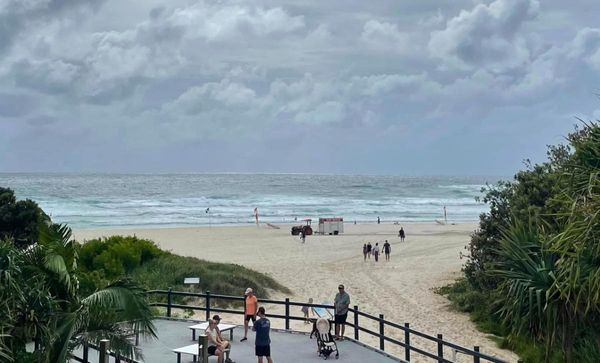
There are several exit strategies for a great ballerina. There’s the slow fade, as executed by Anna Pavlova and Margot Fonteyn, who continued to dance even as their powers and their health declined. There’s the timely final curtain, and the tearful bows on the flower-strewn stage. This was the choice of Darcey Bussell, and earlier this month, of the luminous Parisian étoile, Aurélie Dupont. And then there’s the twilight world of the international gala circuit, where “ageless” stars make fleeting appearences before audiences of tax exiles.
None of these options was considered by the French ballerina Sylvie Guillem. Instead, aged 50, she has chosen to commission a trio of contemporary dance works, to undertake a final tour, and then, without fuss, to leave the stage. It’s a smart and unsentimental course of action, typical of a woman who, from the first, has known her own mind and steered her own course.
Guillem is, and for more than 30 years has been, a phenomenon. As a technician, she has redefined ballet’s boundaries. Her body, almost android-like in its steely fitness-for-purpose, has been the prototype for a new physical aesthetic. Her fierce independence of spirit has inspired female dancers the world over to confront the culture of compliance which, before Guillem’s arrival, was the unquestioned norm for women in ballet.
Born in 1965, Guillem trained at the Paris Opera Ballet School. She joined the Paris Opera Ballet at 16, and three years later, fast-tracked by artistic director Rudolf Nureyev, became the youngest star in the company’s history. From the first, her dancing was astonishing. Long, slender arms and legs, while beautiful, can be hard to control, which is why the most technically assured dancers are often built along more compact lines, like the Royal Ballet’s Natalia Osipova. But the willowy Guillem could place her limbs precisely where she chose. She would rise on to pointe, float a leg up to the side with her foot winging high above her head, hold the position for a long, insolent beat, and swing into the next step not because she had to, but because she chose to. It was the counterpoint that was so breathtaking. The interplay between her ravishing souplesse and her cool, implacable will.
That implacability won her enemies. She fought bitterly with Kenneth MacMillan at the Royal Ballet, which she joined as a guest artist in 1989, although she was a magnificent interpreter of MacMillan’s ballerina roles. Frederick Ashton’s more fragrant heroines eluded her, and her performances could look overworked. Told that Guillem wept on stage as Natalia Petrovna in A Month in the Country, Lynn Seymour, who created the role, drily responded that “I leave that sort of thing to the audience”.
Guillem’s defining role, for me, was in William Forsythe’s In the Middle, Somewhat Elevated (1987). Of all the choreographers she worked with, Forsythe best understood her radical, game-changing potential. In Middle, prowling the stage with the predatory insouciance of a jungle cat, she was unforgettable. Dancing it, Guillem said, she thought only of the steps. “They take a real physical power and violence to perform, and that is all that is in my mind at that moment: line and power.”
Line and power. Guillem’s career in three words. A pity, then, that her valedictory programme should be so forgettable. Akram Khan, Russell Maliphant and Mats Ek are all choreographers of distinction, but none rises to this particular occasion. Khan’s technê sees Guillem creeping round the stage with the disjointed motion of a cricket, essaying birdy flutters and breaking into pony-prances. There’s an illuminated tree on stage, and a theme of nature and technology, but it’s wafer-thin stuff.
Maliphant fares little better with Here & After, a duet for Guillem and the La Scala soloist Emanuela Montanari. They’re nicely matched; with her squirrely back and probing arabesque, Montanari has a similar physical signature to Guillem, and they shadow each other interestingly. But there’s an off-putting layer of sentimentality in the ambiguously slatted lighting and the dancers’ coyly suggestive advances and retreats.
Mats Ek’s Bye is more elegiac in tone. To Beethoven’s Arietta from his Piano Sonata No 32, a late-period work and the composer’s farewell to the sonata form, Guillem interrogates herself concerning her life to date, and resolves to liberate herself from the constraints of the past, symbolically shucking off her Prada-esque cardigan and ankle socks. At her curtain call, Guillem stands there, barefoot, and raises an arm to the audience, who stand to applaud her. It’s a muted conclusion to a brilliant career, but it’s the one that she has chosen. Adieu, Sylvie.
- Sylvie Guillem: Life in Progress returns to the UK later this year, at the Coliseum, London, 28 July-2 Aug, and the Festival Theatre, Edinburgh, 8-10 Aug







